Usually when people are sad, they don’t do anything. They just cry over their condition. But when they get angry, they bring about a change.
Malcolm X
Bitterness is like cancer. It eats upon the host. But anger is like fire. It burns it all clean.
Maya Angelou
People often ask me to define `anger´. Here’s what it is not; blind rage, bluster, resentment, spite, venom, or bile. All of these stem from an unhealthy build-up of unexpressed or unintegrated emotions that need to be experienced and understood rather than acted out. Both anger supressed and anger amplified out of proportion are toxic.
Anger in its natural and healthy form is a boundary defence, a dynamic activated when we perceive a threat to our lives or our physical or emotional integrity….. Its full functioning is a standard feature of our wholeness, essential for survival: think of an animal protecting its turf or its young. The movement towards wholeness often involves a reintegration of this oft-banished emotion into our repertoire of available feelings.
Gabor Máte; The Myth of Normal, pp. 378 -379
These past few months, I have been gaining a new quality of access to my healthy anger. This may come as a surprise to some of my readers, since I have already crossed into the third trimester of a long, eventful life. It has come as a surprise to me too.
The home in which we grew up did not engender the capabilities or provide a toolset to deal well with emotions. Apparently, anger was a tabu. Ironically, it was also ever-present, mostly in the passive-aggressive manifestations of the wetting of beds, rolling of eyes, and the slamming of doors.
By the time I fled after 18 years, – the very day of my final high-school examination, – I was full of pent-up rage. Blind rage, bluster, resentment, spite, venom, and bile are the terms Gabor Máte uses to remind us of what healthy anger is not. The following could well be added: indignation, fury, outrage, wrath, and contempt…… The list could be extended ad infinitum. It was not a good space to be in.
Most of this was directed inward. Shame, blame, and acting out my addiction to substances such as alcohol and weed, – a dynamic which, if perpetuated, can best be described as `suicide in instalments´. The darker my inner world got, the more I strained to get validation on the outside by achieving the kind of goals our culture holds in high esteem: professional achievements, family stability, and material success.
As the years rolled on, a new, an insidious dusk began to envelope the very depths of my psyche; a state best described as living in the `fear of fear´. It leads first to paralysis, then to petrification. Check mate!
In 2003, a moment of grace catapulted me into the process of healing, towards terrain which is now familiar to me after nineteen continuous years of addiction recovery. Those who were already journeying ahead of me have been generous in sharing support and stimulation in the form of experience, strength, and hope. As have medical professionals, therapists, friends, bosses, mentors. My now cherished brothers and sisters,- those from whom I felt the need to escape all those years ago – joined in recent years by my adult daughter and son, have also been very supportive. The encouragement received through and with these people has fuelled the softening and expansion of my heart.
In this `fear of fear´ (of my own anger), my destructive emotions were pent up like a mountain reservoir behind a well-built dam. My trepidation was that even if only approached, the dam would burst and the result would be sure annihilation, for myself and those close to me.
I was convinced that if these emotions were allowed any space in my energy field, my remaining days would be spent in perpetual rage. So the strategy was to keep at a safe distance. The downside of this is that feelings cannot be repressed selectively. All feelings, including those such as joy, love, enthusiasm, wonder, awe; these too remained elusive. Furthermore, what we resist, persists.
Recovery is a journey from the illusion of having no choice, to realising that every new breath bears the possibility of choosing anew. Like any transformation process, it is made up of 20% insights and 80% daily practice.
Admitting the problem of ego powerlessness, believing that – by accessing powers beyond those of the ego – a solution can be found, then deciding to change, taking inventory, cleaning house, clearing away the wreckage of the past, and passing the message of recovery on to the next wave of those who need it; these steps brought a thaw to my frozen heart. Now this thaw has brought me to the discovery and activation of my healthy anger.
The word anger has a long etymology which includes the Latin angor `suffocation, anguish´, Sanskrit áṁhaḥ `anxiety, trouble´, and Old Saxon & Old High German engi `narrow´. The deeper analysis reveals that it refers to a response to the violation of the boundaries which ensure human health and vitality, – in my case, those boundaries of my inner child which were often violated during my childhood, not out of malice on the part of adult carers and siblings, but rather born of their own incapacity to handle and process feelings in a healthy manner. Yes, even children have boundaries which are sacred, and thus need to be respected.
Gabor Máte elaborates further in his new book: (Anger) is not the same as stoking resentment or nurturing grievance – quite the opposite. Healthy anger is a response to the moment, not a beast we keep in the basement, feeding it with shame and self-justifying narratives. It is situational, its duration limited: flashing up when needed, it accomplishes its task of fending off the threat and then subsides. It becomes neither an experience to fear and loathe nor a chronic irritant….. Its only desire is to maintain integrity and equilibrium.
In researching this piece, my attention was also drawn to the etymology of the word „aggression„. The Merriam-Webster online dictionary tells us that: it derives from the Latin verb aggredī, meaning „to approach, attack, or undertake.“ Although the modern word aggress carries only the second of these three meanings, the word could, when it was first used in English in the 16th century also mean „to approach.“ That use is now obsolete.
Over the twenty years after having left home, I had been keeping the beast in the basement, feeding it for decades on shame and self-justifying narratives. Recovery has helped me relinquish that destructive pattern, replacing it instead with a healthy manner of approaching the world in the clear recognition and honouring of my sacred boundaries, and the growing ability to articulate my needs in a healthy, loving manner. For that to be possible, prejudice and `contempt prior to investigation´ had to be overcome.
It was with incredulity some years ago that I read David Hawkins describe – in his seminal work `Letting Go´ – how we grow in consciousness towards anger. His argument was that the lower rungs (shame, guilt, apathy) of the Map of Consciousness he had devised, kept us stuck. As our consciousness expands, we advance through grief, fear, and desire, to anger, which, if correctly utilised, can become the fuel for the stage after next, namely courage. In this Table of Consciousness, courage represents the threshold from the lower destructive states to the life affirming states leading to love, joy, peace, and ultimately, enlightenment.
It is this courage that now runs through my veins.

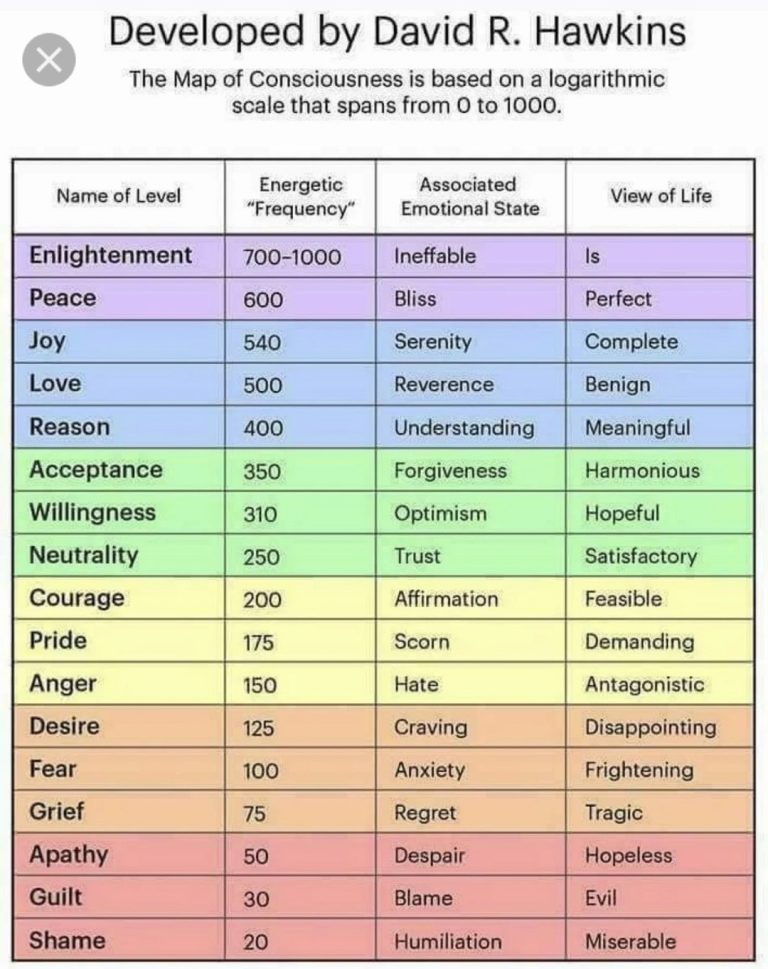
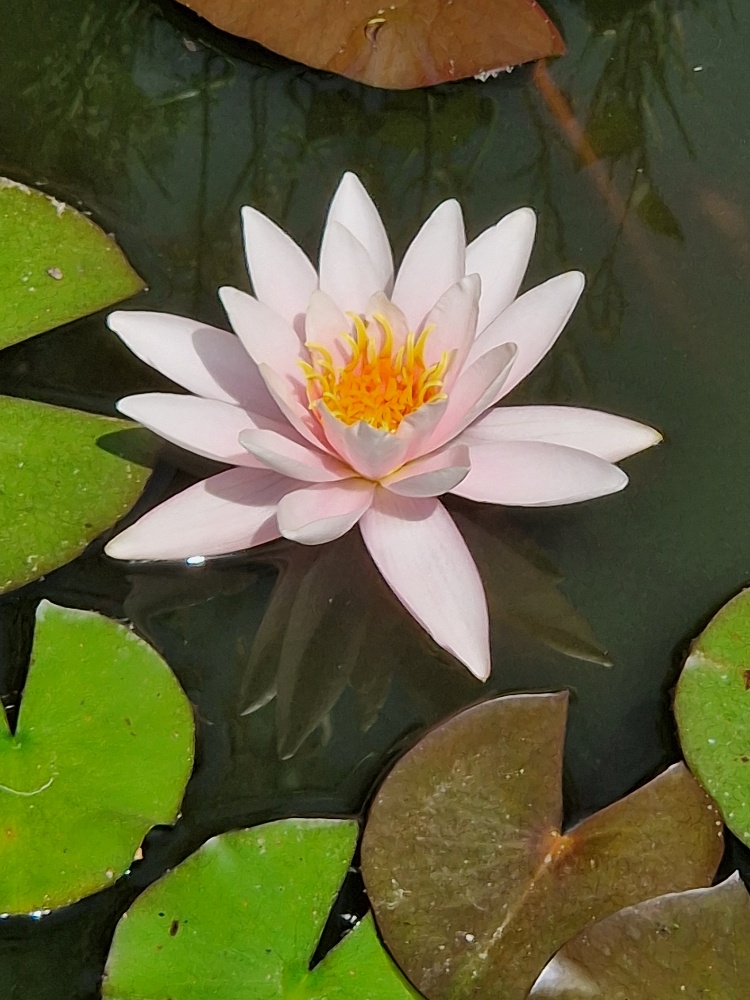
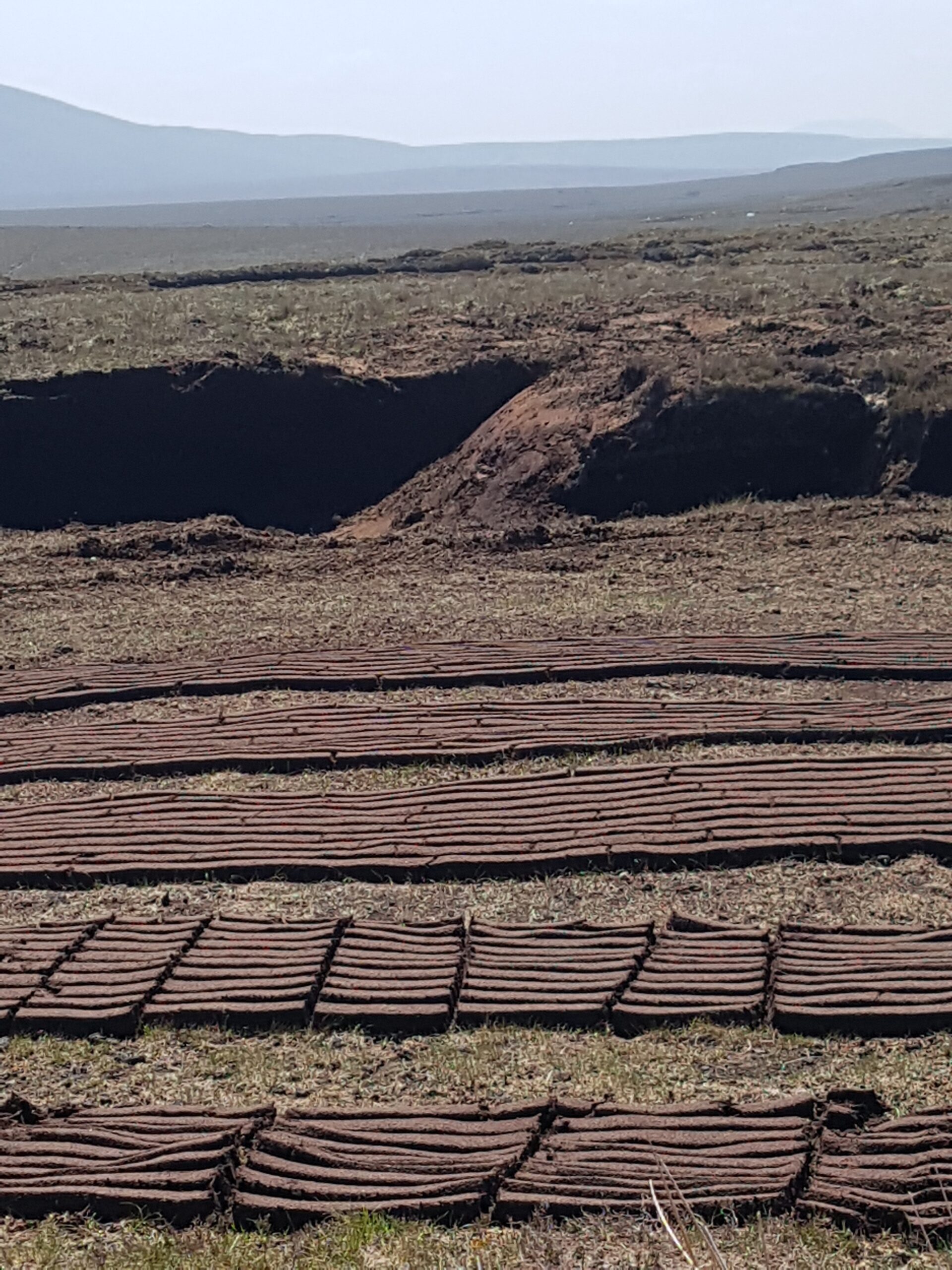

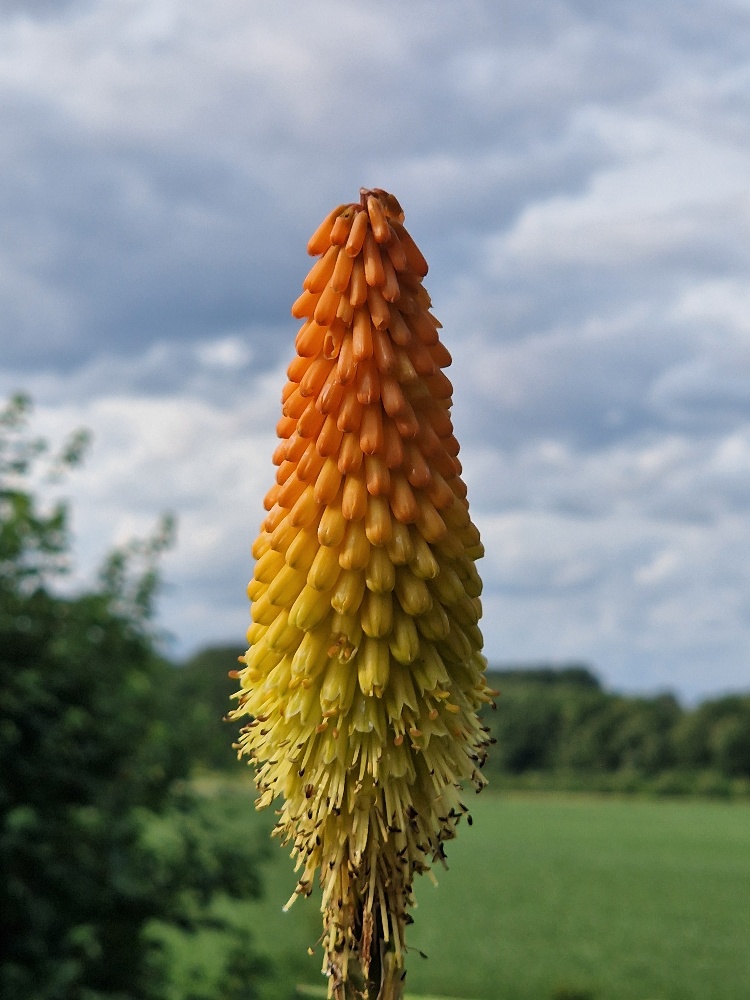


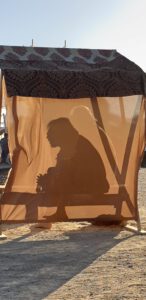


2 Antworten
Lovely Patrick. Thanks for this.
Loved your lead-in quotes, escalating levels of anger from Malcolm X to Gabor, and grateful for being introduced to Hawkins Map of Consciousness by your writings some years ago.